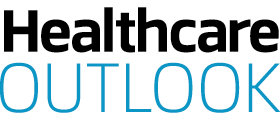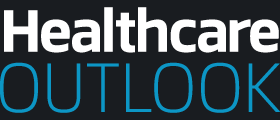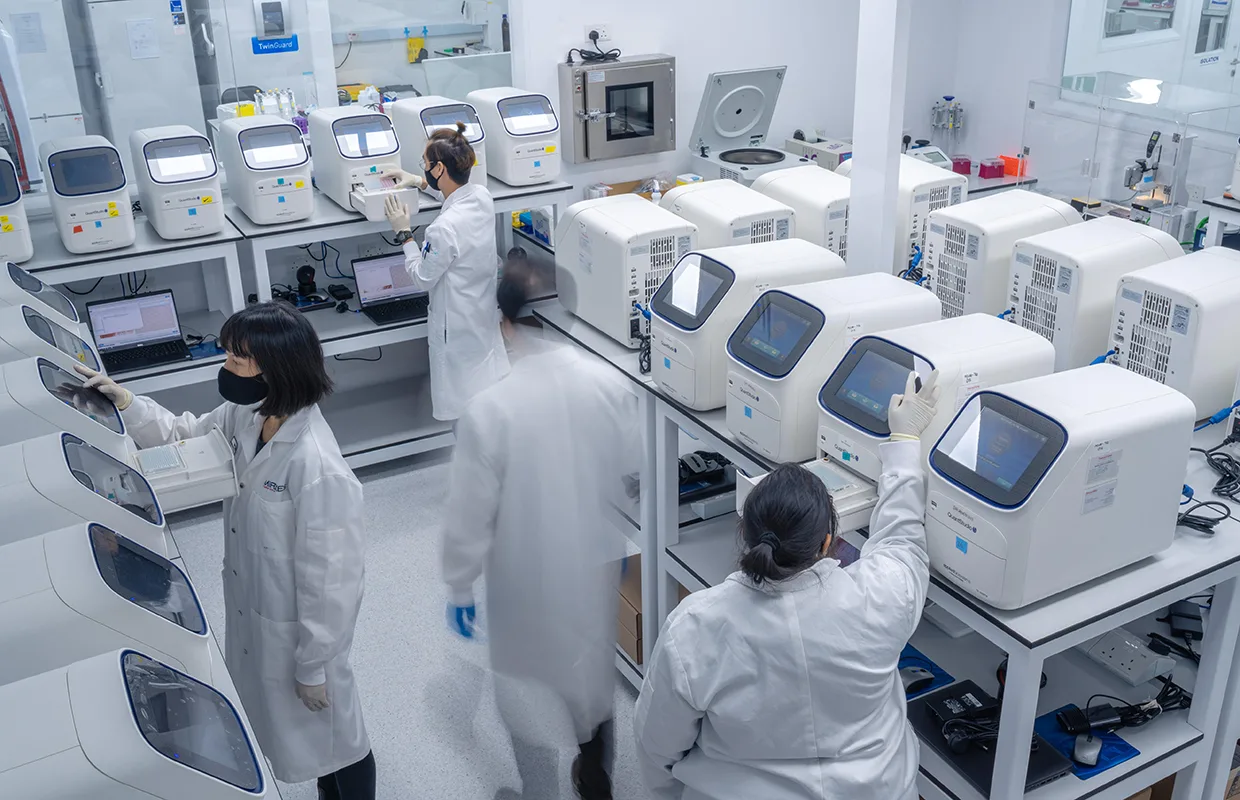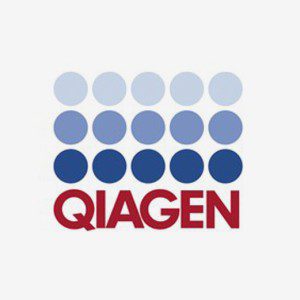We learn how Mirxes harnesses the power of RNA to deliver early, actionable, and personalised diagnoses across the care continuum with Vice President of Operations, Jeremiah Dacosta.
DRIVING EARLY DETECTION
The healthcare industry in Singapore and across the Asia Pacific (APAC) region is at an inflection point.
Indeed, it faces a rapidly aging population, an increasing prevalence of chronic diseases, and a growing demand for personalised precision medicine.
Whilst these trends present significant challenges, they also create immense opportunities for innovation, particularly in early disease detection and preventative healthcare, with the integration of artificial intelligence (AI), data analytics, and biotechnology (BioTech) transforming the landscape.
It is therefore an exciting time for companies at the forefront of these innovations, including Mirxes, a Singapore-headquartered BioTech specialising in RNA-powered diagnostics and therapeutics.
Mirxes operates across APAC – including in Singapore, China, and Japan – and the US with a strong network of research and clinical partnerships.
Its multidisciplinary team includes scientists, clinicians, and industry experts dedicated to driving early cancer detection solutions that save lives.
“Our flagship products focus on early cancer detection, with GASTROClear leading the way in gastric cancer screening,” informs Vice President of Operations, Jeremiah Dacosta.
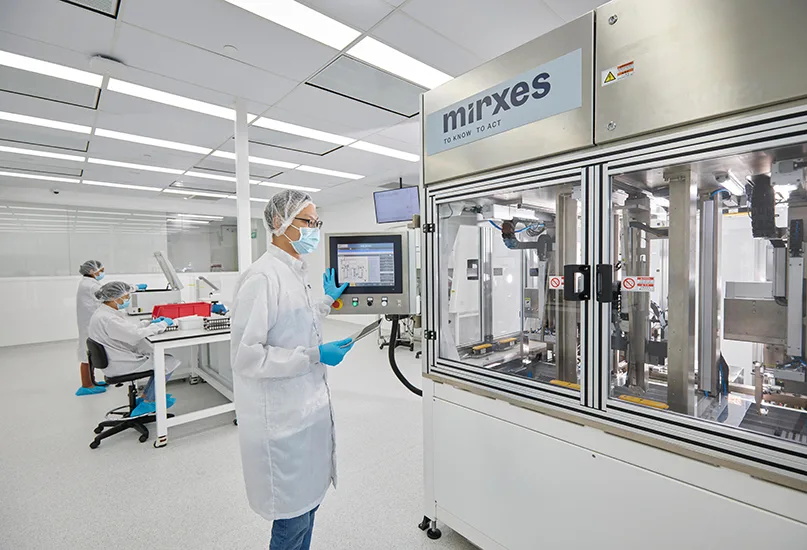
GASTRIC CANCER DETECTION
GASTROClear is the world’s first microRNA blood test for early detection of gastric cancer.
The test provides information to help doctors identify patients who may benefit from detailed medical examinations to diagnose gastric cancer before symptoms appear.
Patients whose blood test indicates that they are high risk can then go for follow-up procedures, such as an endoscopy, to get a further assessment.
“It works by analysing specific microRNA biomarkers in the blood that signal the presence of gastric cancer at an early stage,” Dacosta explains.
“This non-invasive test provides a highly sensitive and specific alternative to traditional endoscopy, improving accessibility and patient compliance.”
With gastric cancer being the third leading cause of cancer-related deaths globally, early detection through GASTROClear has the potential to significantly improve survival rates.
The disease is also more prevalent in East Asia due to dietary habits rich in salt and preserved foods.
As lifestyle factors such as diet, smoking, alcohol consumption, and obesity play a significant role in cancer development, and their impact varies across different regions, Mirxes leverages microRNA profiling to develop region-specific risk assessments, tailoring diagnostics to population-specific risks.
“This approach ensures that our tests provide the most relevant and effective early detection solutions for different demographic groups,” assures Dacosta.
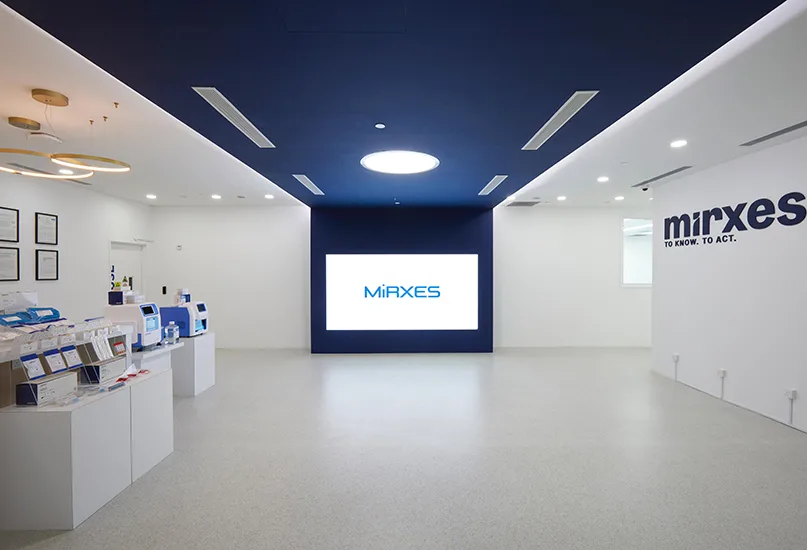
MICRORNA TECHNOLOGY
Research and innovation are at the heart of Mirxes, whose efforts are focused on developing next-generation diagnostic solutions leveraging microRNA technology.
One key focus area is advancing disease detection through multiomics research, which integrates genomics, transcriptomics, and proteomics to ensure a more comprehensive understanding of disease biology.
“Multiomics allows us to identify novel biomarkers and improve diagnostic accuracy,” shares Dacosta.
“A notable example of our research in action is our work in expanding our microRNA diagnostic portfolio beyond gastric cancer to include lung, colorectal, and liver cancers. Our collaborations with top-tier institutions worldwide ensure that we remain at the cutting edge of scientific advancements.”
The early detection of cancer is key to improving patient outcomes as it makes treatment options more effective, less invasive, and significantly more affordable.
Precision medicine, powered by biomarkers such as microRNA, enables targeted interventions tailored to an individual’s genetic and biological profile.
“This shift from reactive to proactive healthcare not only enhances survival rates but also reduces the economic burden on healthcare systems,” Dacosta insights.
“A notable example of our research in action is our work in expanding our microRNA diagnostic portfolio beyond gastric cancer to include lung, colorectal, and liver cancers. Our collaborations with top-tier institutions worldwide ensure that we remain at the cutting edge of scientific advancements”
Jeremiah Dacosta, Vice President of Operations, Mirxes
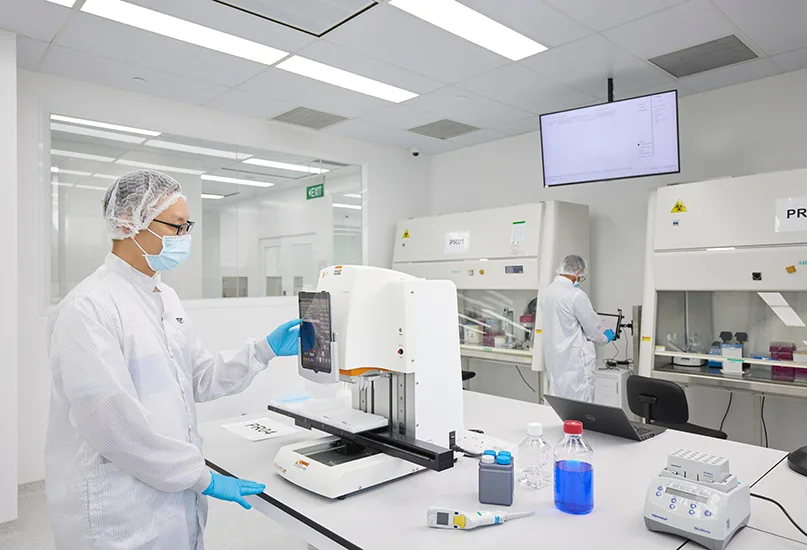
PORTFOLIO EXPANSION
Beyond cancer diagnostics, Mirxes’ services also extend to cardiovascular and metabolic disease risk assessments.
One of its key projects is the development of a multi-cancer early detection (MCED) test, which aims to screen for multiple cancers through a single blood test.
“Additionally, we are leveraging multiomics research to explore new biomarker signatures for early disease detection, enhancing our ability to develop targeted diagnostics for a wider range of diseases,” Dacosta tells us.
“We are also collaborating with international healthcare providers to establish standardised microRNA-based screening programmes, ensuring wider accessibility and adoption of our cutting-edge technologies.”
The expansion of Mirxes’ diagnostics portfolio to cover more cancer types and chronic diseases is one of its key priorities for the year ahead.
Alongside this, the company is strengthening its biomarker discovery platform, accelerating its global partnerships, and focusing on regulatory approvals and market expansion in the US and Southeast Asia to bring its pioneering technologies to a broader audience.
Mirxes’ overarching mission, meanwhile, is to democratise access to early detection technologies.
Therefore, the company is actively working on making its diagnostics more affordable and scalable, particularly in underserved regions.
“By leveraging public-private partnerships, we aim to bridge the gap between cutting-edge innovation and real-world healthcare impact,” concludes Dacosta.
